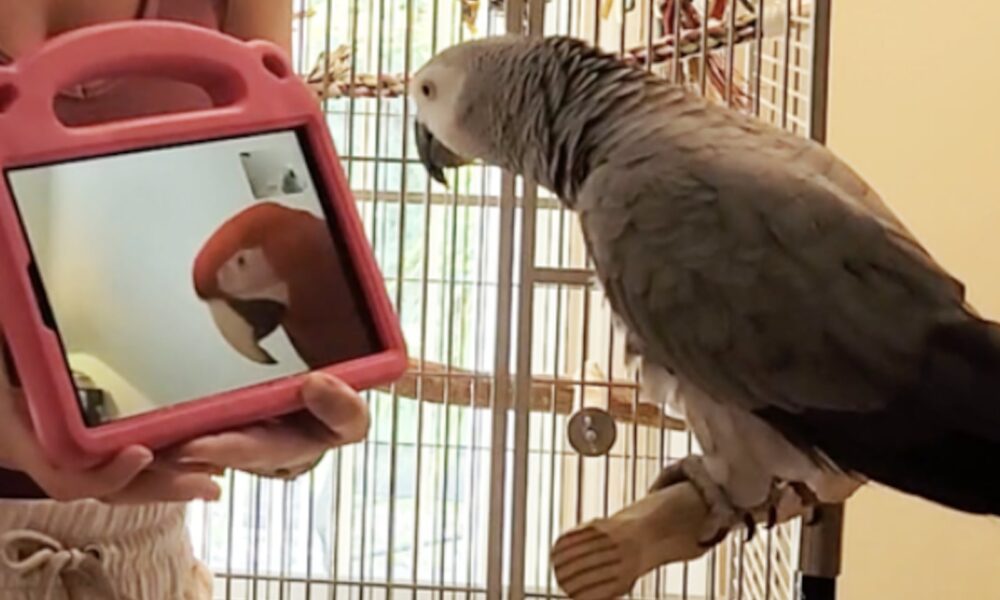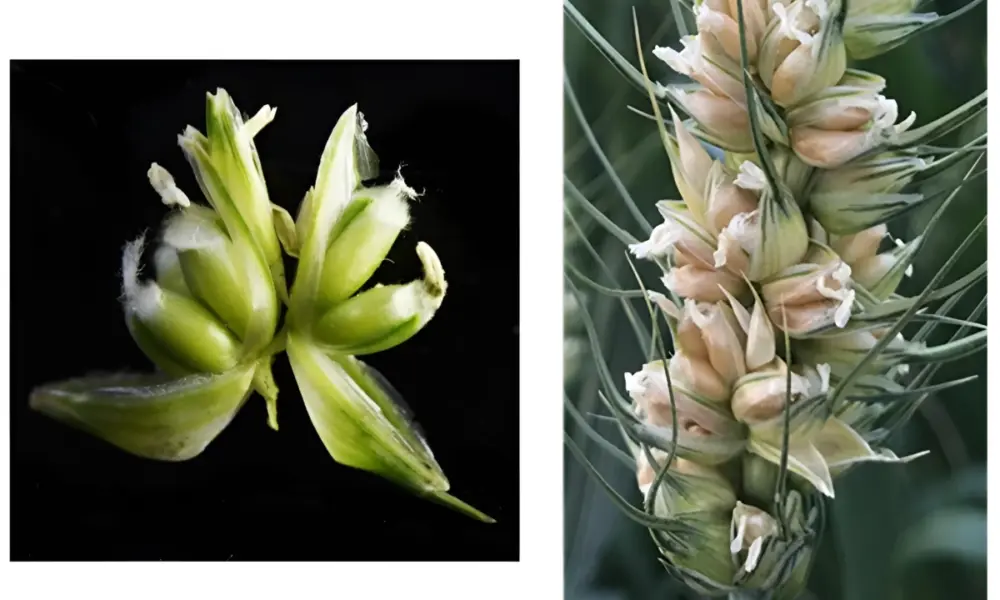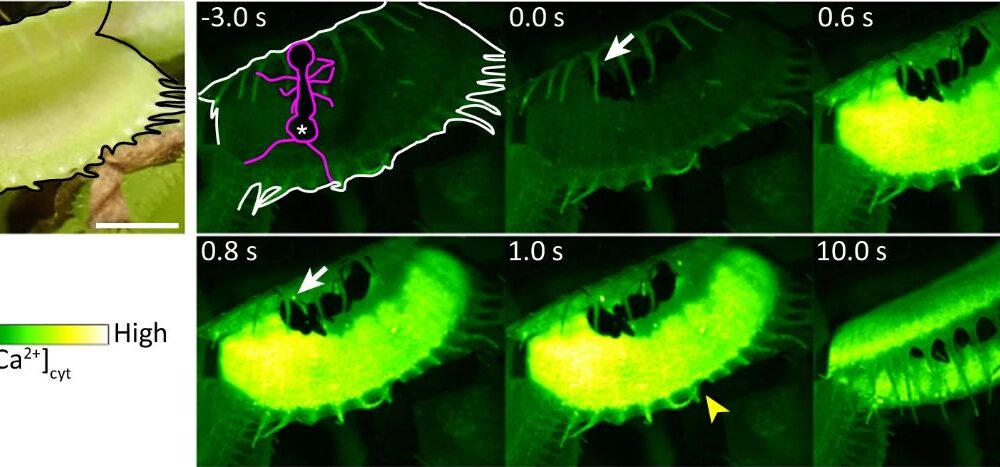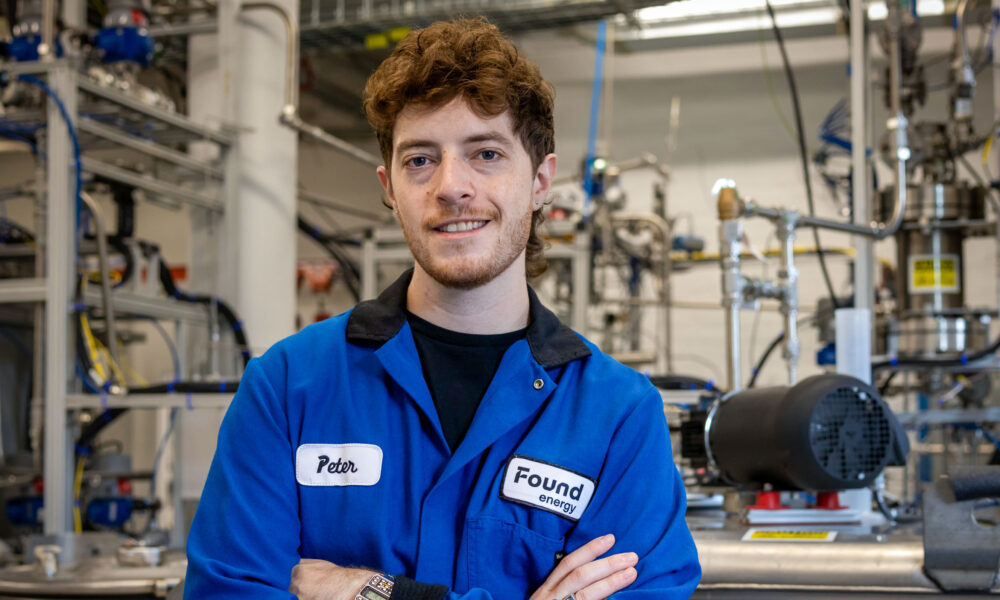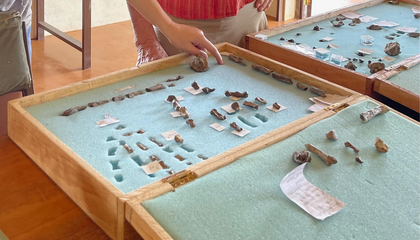A groundbreaking initiative led by researcher Rébecca Kleinberger is transforming the way animals interact with technology. By allowing animals to control devices designed for their enrichment, Kleinberger is redefining the relationship between wildlife and technology. This innovative approach began with a hyacinth macaw named Sampson at the San Diego Zoo, who delighted in using a device called the Joy Branch to play music, attracting visitors and enhancing his own experience.
In 2019, Kleinberger, then a researcher at the Massachusetts Institute of Technology (MIT), was approached by Sampson’s caretaker with a request for a tool that would allow the bird to listen to music. What emerged was not just a device but a method for understanding animal behavior in a new light. “It’s really his own agency and its own intrinsic behavior that led to him using his branch a lot,” Kleinberger explained in an interview. This project inspired her to establish the INTERACT Animal Lab at Northeastern University, focusing on animal enrichment through technology.
Kleinberger’s work encompasses a variety of species, including pets, zoo animals, and wildlife. She emphasizes the importance of collaboration with experts on animal behavior to assess how effectively animals engage with technology. “We can never really prove that an animal understands what they are doing or that they have control,” she noted, but engagement levels serve as an indicator of their interaction with the tools.
Innovative Projects and Research Directions
Kleinberger has recently expanded her research horizons. Last spring, she taught a course on designing technology for animals, involving students from Northeastern, MIT, and Harvard University. Some students continued their engagement by assisting in technology deployment at Zoo New England, which includes the Franklin Park Zoo in Boston and the Stone Zoo in Stoneham.
Additionally, Kleinberger is partnering with Tandem Vet Care, a veterinary clinic, to explore ways to reduce stress in cats during veterinary visits. While details of this project remain forthcoming, Kleinberger plans to publish her findings soon.
One of the lab’s notable studies, conducted in collaboration with the University of Glasgow, focused on how 20 pet parrots interacted with touchscreen games. This three-month project aimed to explore the potential for animal enrichment through play. Kleinberger’s team discovered ways to tailor games to meet the tactile needs of parrots, providing them with engaging experiences.
Another project involved a parrot-to-parrot video calling system, which allowed 18 pet birds to connect with one another. The study resulted in 147 bird-triggered calls, demonstrating that most birds actively engaged with the technology. Caretakers reported positive outcomes, such as birds learning behaviors from their peers on the other side of the call.
Ethical Considerations and Future Outlook
What distinguishes the INTERACT Animal Lab is its focus on enhancing animal welfare rather than testing intelligence. “We’re not there to test them. We’re there to try to see how we can improve their life,” Kleinberger said. She collaborates only with accredited zoos and organizations that prioritize high standards of animal welfare.
Kleinberger advocates for a responsible approach to technology in animal care, recognizing that humans have contributed to the degradation of natural habitats. “There is so much potential because so much of the technology is there,” she remarked, stressing the need for frameworks to evaluate the impact of these innovations on animal lives.
While there has been a surge in pet technology, including sensors and cameras designed for owners’ convenience, Kleinberger argues that much of this development lacks rigorous evaluation for its effects on animals. “Often, the technology is designed for human benefit rather than for animal benefit,” she stated.
Kleinberger’s vision contrasts with previous efforts to bridge the communication gap between humans and animals. “All of the work with Koko the gorilla and sign language… I see it as really trying to have the animal go most of the way toward our human languages, and I’m trying to do the inverse,” she explained. This perspective emphasizes the need to create technology that aligns with the natural behaviors and needs of animals, ultimately enriching their lives.
As her research progresses, Kleinberger remains committed to advancing the field of animal technology, ensuring that the benefits extend to the creatures that inspire her work.
